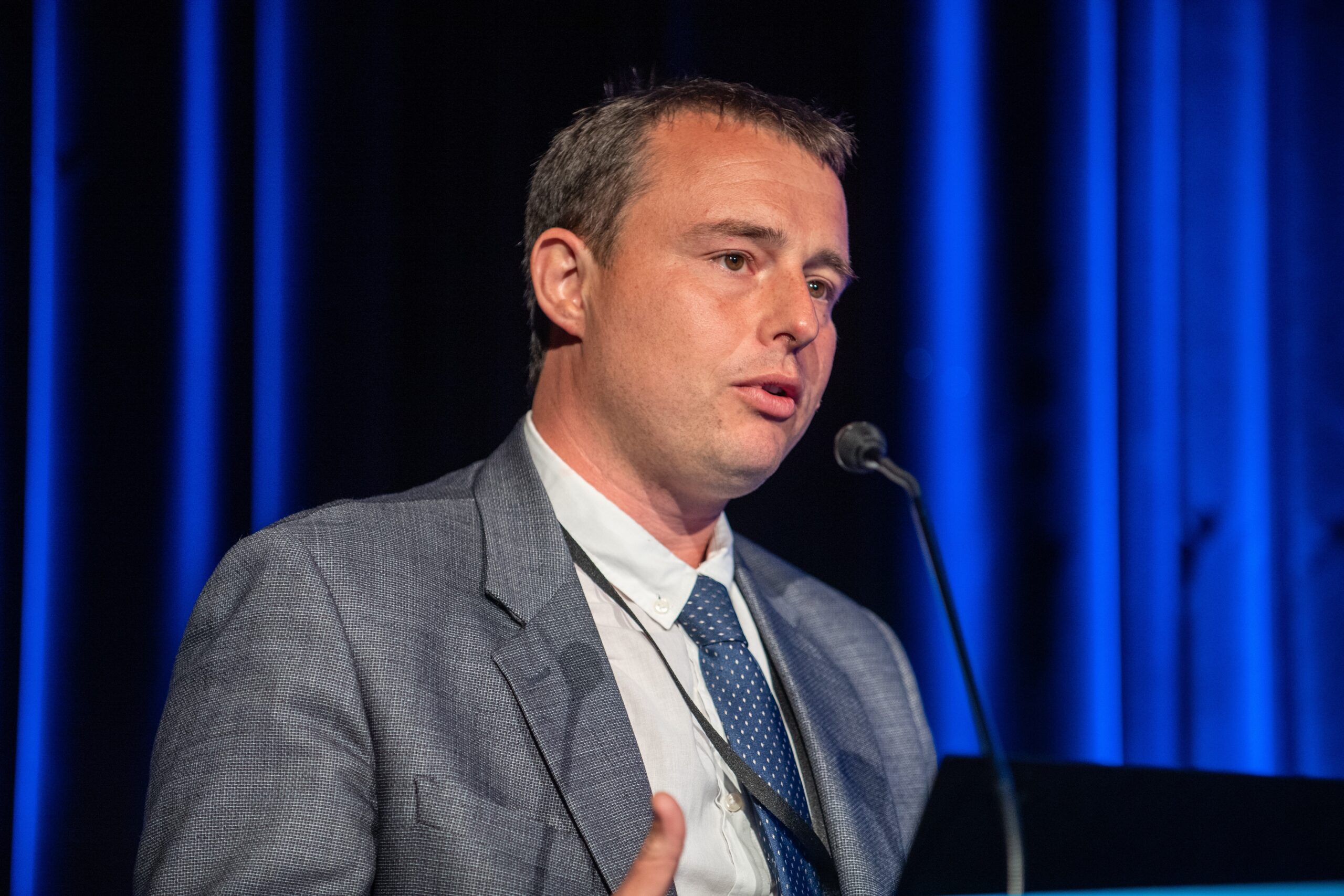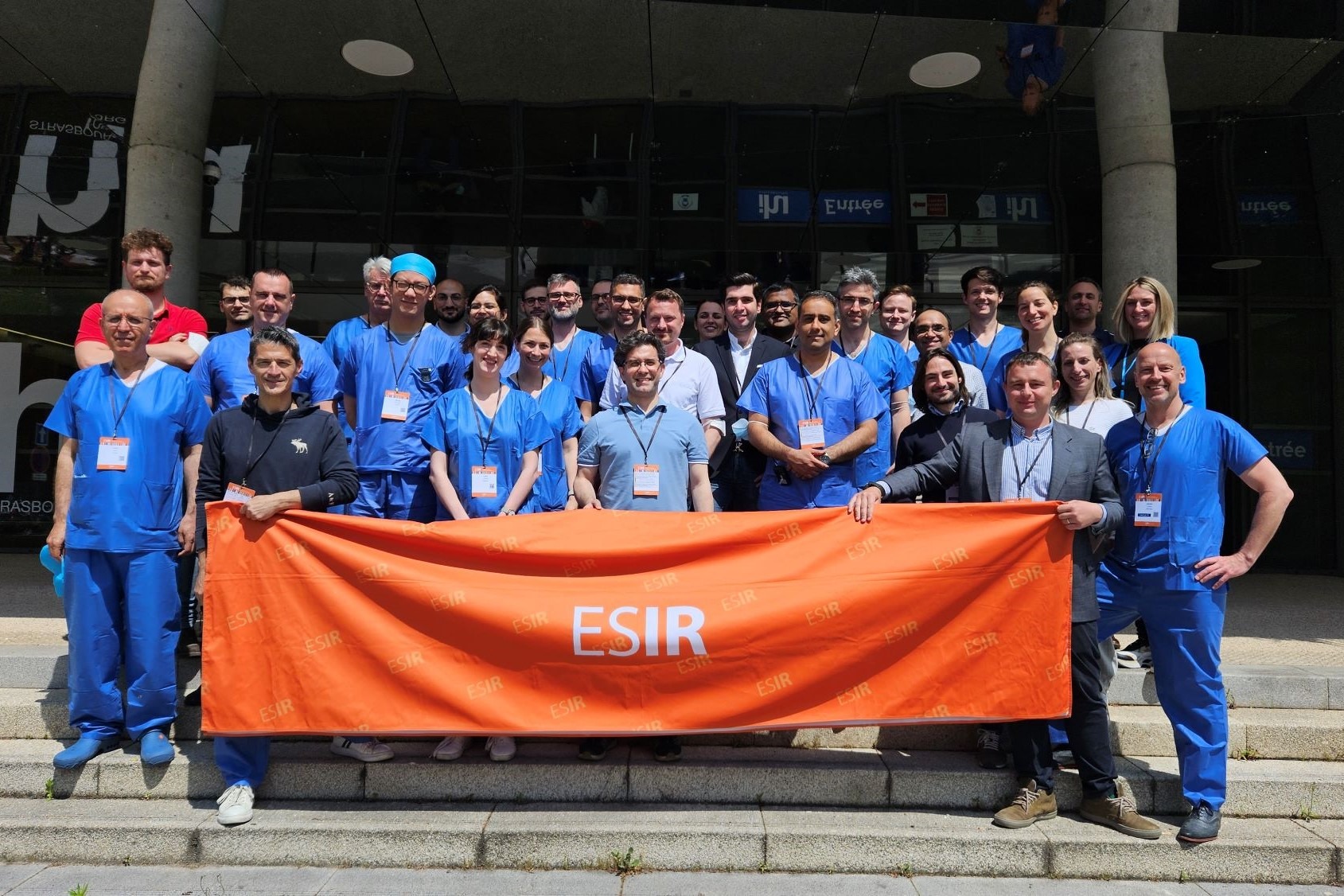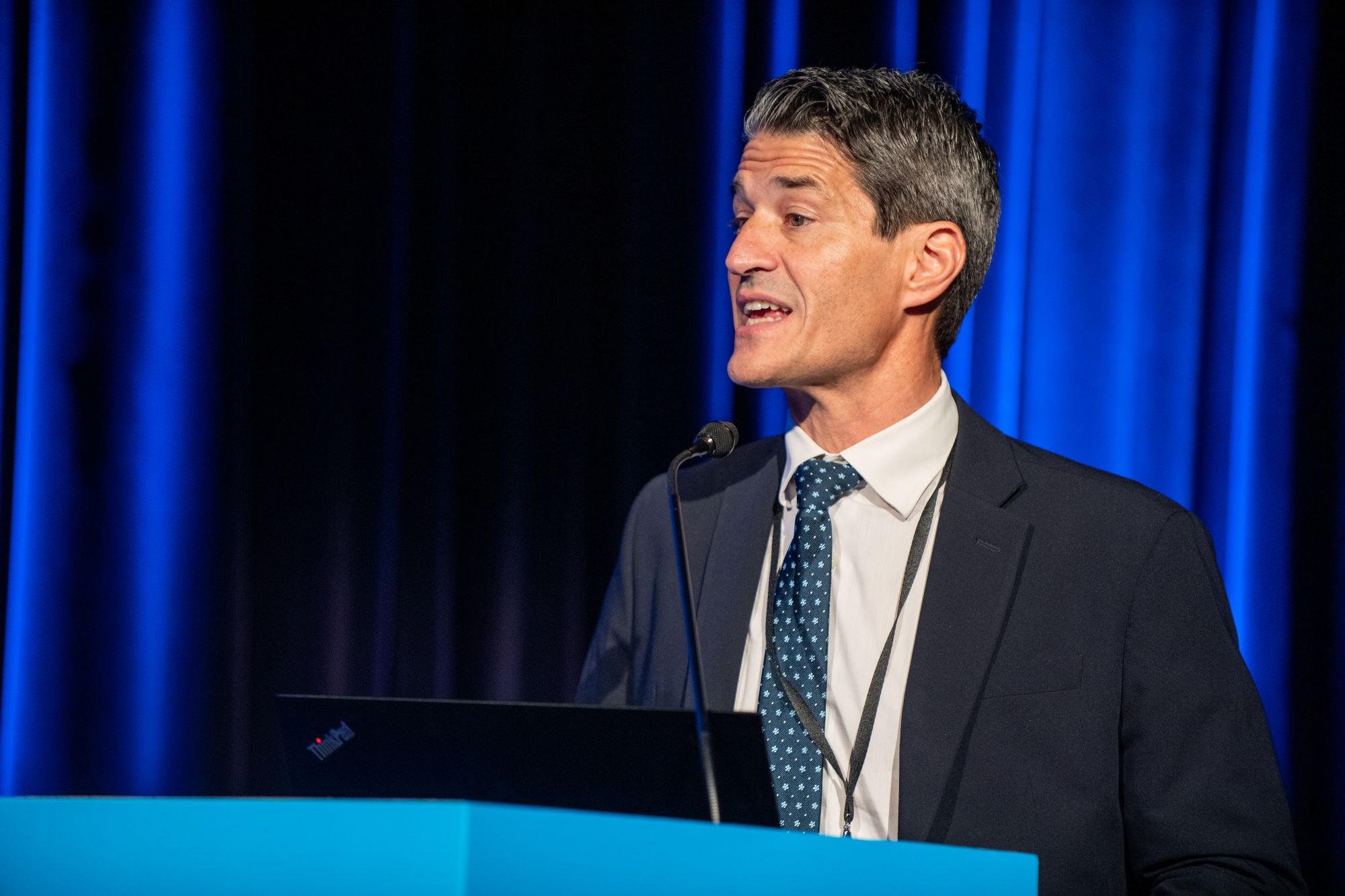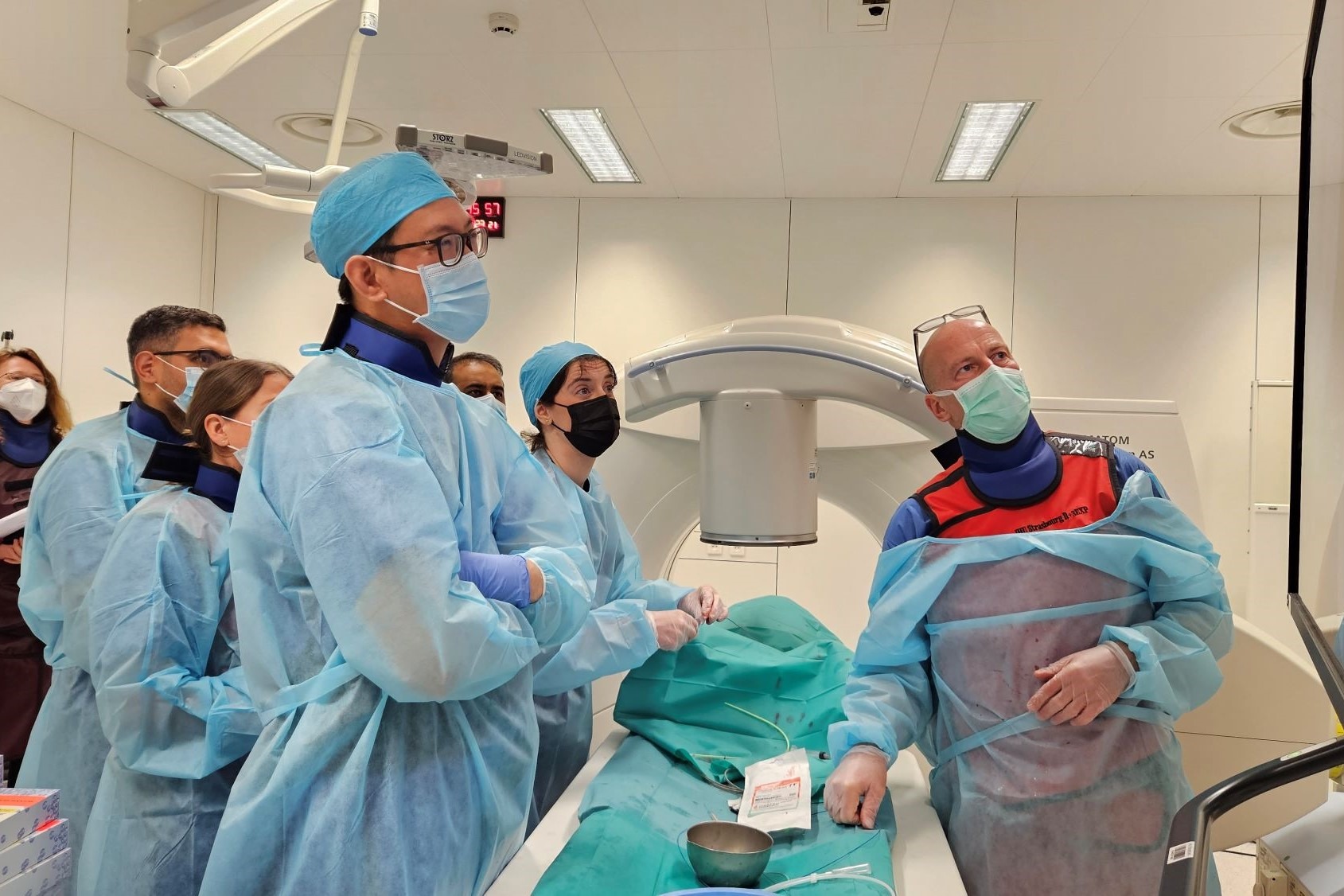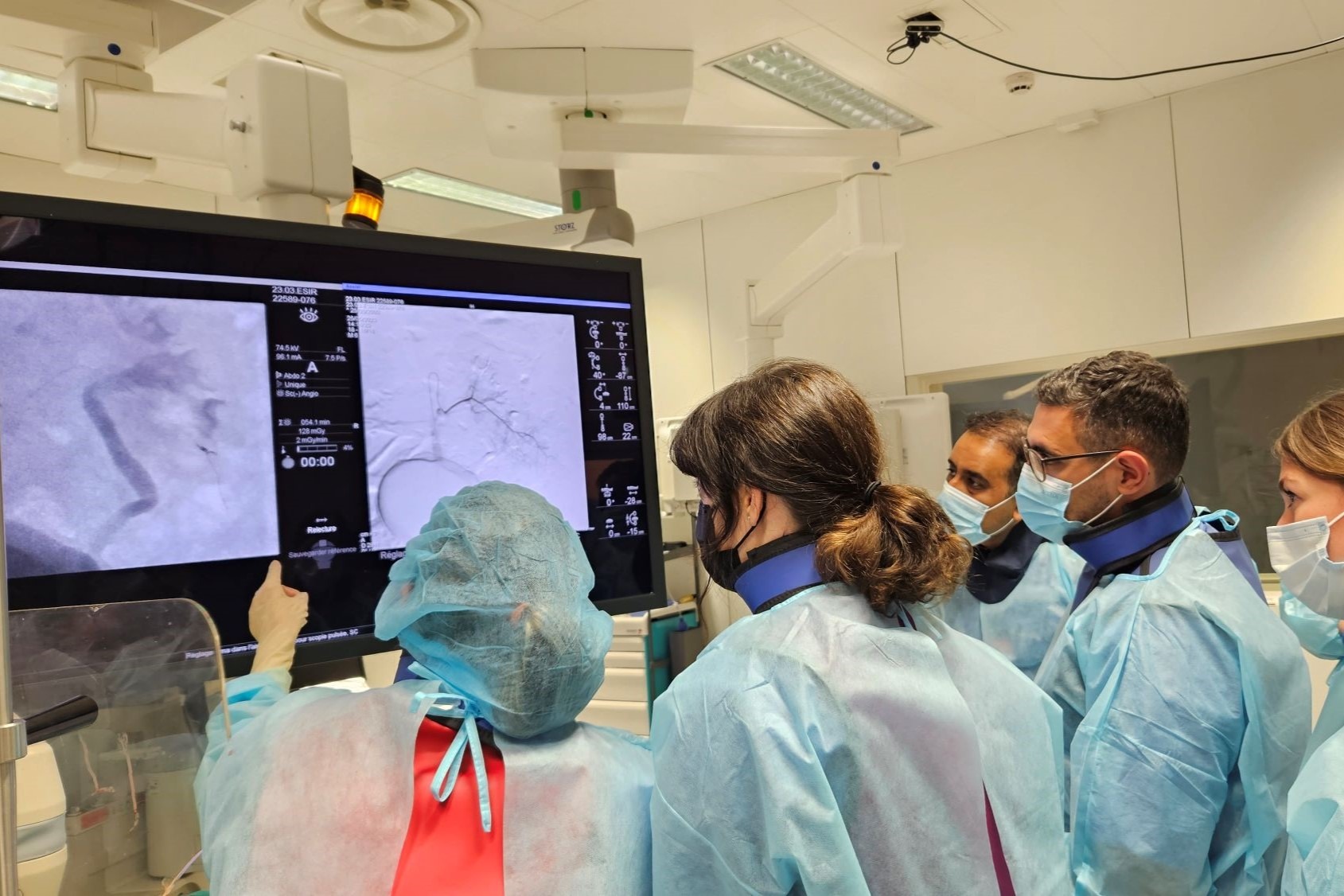CIRSE: What can participants expect to experience and gain from this course?
Iezzi: All attendees will improve their knowledge of each non-liquid device: how they theoretically work, which is the best way to use them, and learn tips and tricks from experts.
Training in real in-vivo models, IRs will also gain the expertise needed to manage these products, improve the infusion/release technique, and experience how they work with different microcatheters, in different vessels, in different conditions.
All these aspects will allow them to improve their ability in performing these procedures with different devices, to obtain a safer and more effective embolization.
Lucatelli: Further, participants will go home with a better and deeper understanding of the diverse range of materials available on the market.
CIRSE: What distinguishes the latest iteration of this course from previous courses, and what innovative elements have been incorporated to enhance the learning experience?
Iezzi: We worked hard to offer a more interactive, practical, and useful course, increasing time dedicated to training in real in-vivo models. We involved more vendors to provide a well-rounded opportunity to use several various devices. Furthermore, we invited a dynamic, well-trained, experienced faculty to create a friendly atmosphere where we share our experiences and learn from each other.
Lucatelli: Close interaction between novices and experts is the pivotal strength of this course. Made for the young, taught by experts.
CIRSE: In what ways do animal labs contribute to the overall effectiveness and understanding of the course material?
Iezzi: Due to the similarity between pig and human anatomy, pigs will be used in the in-vivo workshops to learn how to deal with gelfoam, coils, particles, and plugs. Having the opportunity to use many coils or plugs, differing in diameter, length, and characteristics, allows us to improve our way of acting, increasing confidence in using all of them and accelerating our learning curve.
Lucatelli: Live animals, like pigs, are an ideal model in which to practice with embolization and device positioning. No other non-living model can replicate the authentic tactile experience bridging theory to direct practice!
CIRSE: What sets the IHU venue apart, and why do you believe interventional radiologists should consider traveling to Strasbourg for this course?
Iezzi: The IHU venue offers R&D laboratories, experimental operating rooms, and innovative operating theatres – everything in a modern venue, where exceptional research capabilities are brought together with support for clinical management.
These facilities offer the possibility of having in-vivo sessions in animal labs performing different embolizations in different vessels/clinical scenarios under X-ray guidance. Further, such a facility allows us to have ex-vivo workshops, training sessions on models and simulators, face-to-face discussions with faculty experts, and parallel stations to learn about different devices.
Lucatelli: Beyond this, we’ll have an up-to-date angio suite dedicated to our comprehensive day-long material testing…what more could you ask for?
CIRSE: What aspects of the March course are you particularly excited about and looking forward to?
Iezzi: I am very excited and I can’t wait to experience again two days in which it is possible to discuss devices and procedures, compare myself and my experience with colleagues from different countries, learn from different experiences, and be able to freely use dozens of coils, plugs, particles, and gelfoam as I prefer. The social events at this course will also make the time spent together even more pleasant.
So, don’t wait and register now for the next ESIR course in Strasbourg.
Don’t miss this opportunity!
Lucatelli: Every time we organize such an event, we discover that engaging discussions among panelist and attendees not only enhance the overall experience but also contribute to the improvement of our own skills! I’m eagerly anticipating to having another great session together where collective insights foster a great learning environment.
Meet Prof. Iezzi and Dr. Lucatelli and other leading experts at the Essentials of embolization: coils, plugs, gelfoam and particles course!

